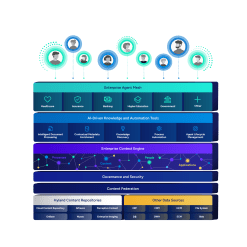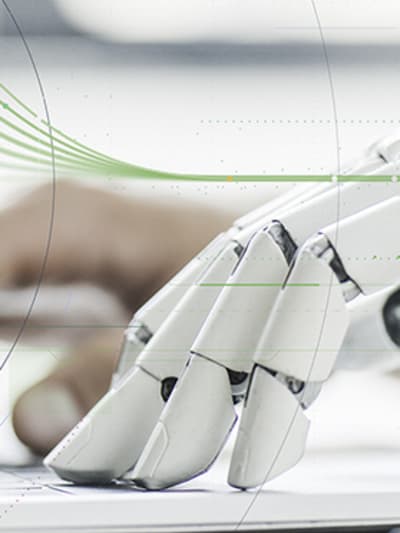The differences between AI and ML
AI is an intelligent entity that uses datasets to solve tasks. ML is a subfield of AI that solves tasks by making classifications or predictions based on algorithms and statistics.
AI is designed to mimic human intelligence and execute tasks autonomously; whereas, ML is a subset of AI that learns from data to improve processes with minimal human input.
AI uses a variety of technologies, including ML, to perform tasks like speech recognition and object detection. ML, however, specifically uses algorithms to learn from data, enhancing AI's ability to perform tasks more accurately and efficiently. Essentially, AI aims to replicate cognitive abilities while ML focuses on learning from data to support AI's functionalities.
Ultimately, the differences between AI and ML can be seen in their goals, processes and applications.
Goals
Artificial intelligence: The intended goal of AI is to solve problems, answer questions and complete human-related tasks. The system should function independently if it is supplied with datasets. AI is applied to systems for analysis, interpretation and prediction.
Machine learning: The goal of ML is to help AI systems have the needed autonomy to solve a single problem faster by leveraging data instead of using human modeling of problems.
Processes
Artificial intelligence: AI utilizes different forms of intelligence to arrive at solutions for multiple problems. As AI mirrors human intelligence, it reviews, operates and responds to situations as humans do.
Machine learning: The process of ML is iterative, repetitive and requires running the same problem repeatedly to identify patterns in data. Its learnings will then help solve the issue quickly and with greater accuracy.
Application
Artificial intelligence: AI-powered programs interpret tasks that need to be executed and create solutions based on the instructions and responses collected from datasets. They can accomplish a range of tasks like scheduling an appointment, looking up something on the internet and providing directions independently without human intervention.
Machine learning: ML-driven systems are typically assigned the role of assimilating insights and making predictions, suggestions or decisions autonomously, drawing from expansive datasets without explicit programming. These functions span from targeted tasks like providing product recommendations based on customer purchase history to broader applications such as natural language processing (NLP), as seen in ML subsets like large language models (LLMs).















